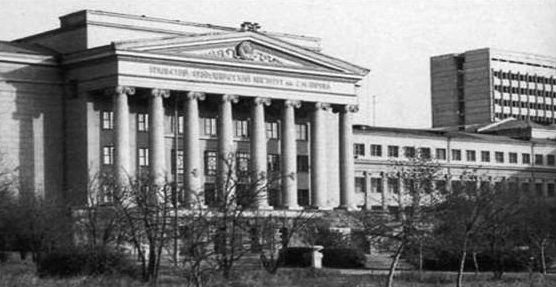Institute of New Materials and Technologies
вторник 17 июня 2025, 14:16
 Photo by the library archive |
____ |
The new institute within UrFU structure – Institute of New Materials and Technologies (INMT) – appeared in September 2016. It is situated in Ekaterinburg, in 28 Mira Street. It consists of educational subdivisions (Department of Machine Building, Department of Metallurgy and Metal Science, Department of Building Materials Science) and scientific ones including research centres, departments, laboratories. Currently around 3,800 students from Russia, the CIS countries, South Ossetia, Moldova, India, Vietnam, Jordan, Serbian Republic, Sri Lanka, Pakistan, China, Afghanistan, Mongolia, Arab and African, Latin America, and other countries are studying in different educational programs. There are also some programs for International English-speaking students. In 2025 the Institute is going to admit over 2 thousand students to study in 19 bachelor and specialist programs, 26 master programs, and 21 postgraduate programs. The origins of the Institute go back to the mechanical and metallurgical faculties comprising into the Ural Polytechnic Institute. This was the post-Civil War time requiring to restore and develop the national economy, to strengthen it with skilled engineers. At that time Alexander Yevmenyevich Makovetsky headed the Institute. In October 1920 the lessons began for 156 metallurgist students and 231 mechanic ones.
It occurred very difficult for educational institutions to survive in a destroyed country. In 1922, the Rector's office established a cooperative that dealt with supply activities and small-scale production. This is where the students-technicians sent to the Institute by trade unions of factories and workshops proved to be useful. Their ratio in the first student admission exceeded 90%.
Much has changed at the Ural University within 105 years. Institutes, faculties, and departments appeared and disappeared, were united and split. Programs and study plans changed. Scientific discoveries were made, dissertations were defended, textbooks and monographs were published. The geography of applicants and graduates expanded. But the dominance of the polytechnic focus of education remained unchanged.
Interested? The books «USTU-UPI: Essays on History. 1920-2005» edited by the legendary Rector Stanislav Stepanovich Naboychenko and «Research Schools of the Ural State Technical University. History and Modernity» will introduce you to more details. You can take them in the Social & Economic Study Materials Circulation Desk (19 Mira St., Б-304) checking the availability in the Library Electronic Catalog, or use the full-text UrFU Electronic Repository.
Author: Olga Konopleva
Translator: Natalia Krasnogor
|



